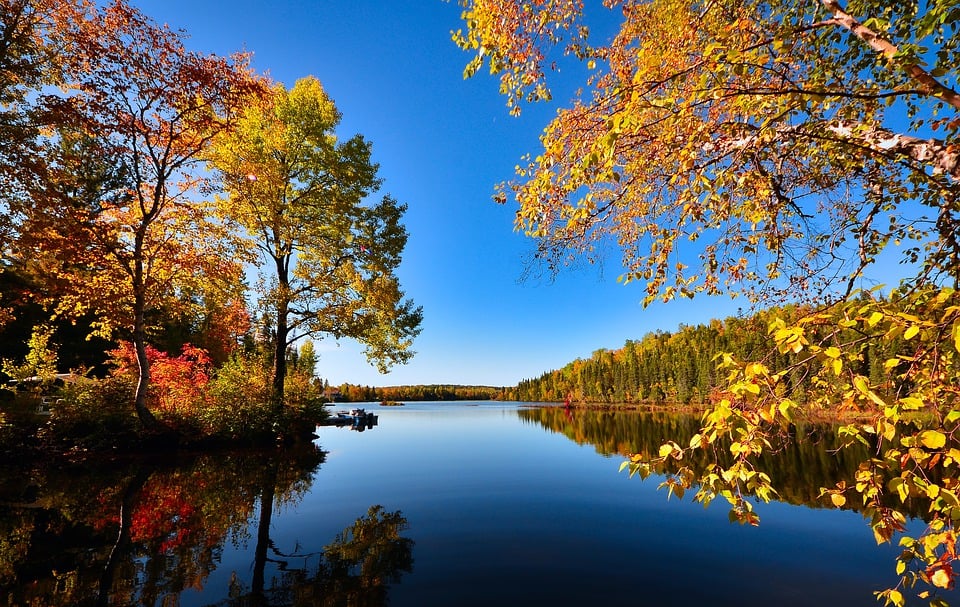What Is the Relationship Between Climate Change and Global Warming?
Understanding the relationship between climate change and global warming is crucial for grasping the broader impacts on the environment and human life. While these terms are often used interchangeably, they have distinct meanings that reflect different aspects of the Earth’s changing climate.
Defining Global Warming
What Is Global Warming?
Global warming refers specifically to the long-term increase in Earth’s average surface temperature. This phenomenon is primarily driven by human activities that release greenhouse gases, such as carbon dioxide (CO₂) and methane (CH₄), into the atmosphere. The increase in these gases enhances the greenhouse effect, trapping heat and leading to rising temperatures[1][2].
Primary Causes of Global Warming
– Burning Fossil Fuels: The combustion of coal, oil, and natural gas for energy releases significant amounts of CO₂.
– Deforestation: Trees absorb CO₂; cutting them down reduces this absorption capacity, contributing to higher atmospheric CO₂ levels.
– Industrial Emissions: Factories emit various greenhouse gases during production processes.
Defining Climate Change
What Is Climate Change?
Climate change encompasses a broader range of long-term changes in global or regional climate patterns, including shifts in temperature, precipitation, and seasonal weather. It reflects both natural variations and human-induced alterations to these patterns[2][3].
Natural vs. Human-Induced Climate Change
While climate has naturally varied over millennia due to factors like volcanic eruptions and solar radiation changes, recent changes are largely accelerated by human activities, particularly fossil fuel burning and land use changes[2][4].
How Global Warming Drives Climate Change
Warming as a Trigger for Broader Climate Shifts
Rising global temperatures influence atmospheric and oceanic conditions, which in turn affect climate systems. For instance, warmer air can hold more moisture, leading to more intense rainfall events[9].
Impact on Weather Patterns
Increased temperatures contribute to extreme weather events such as heatwaves, droughts, and hurricanes. These phenomena are manifestations of the broader climate changes driven by global warming[8][9].
Sea Level Rise and Melting Ice
Global warming causes polar ice caps and glaciers to melt, contributing to rising sea levels. This rise can lead to coastal flooding and erosion, further altering local climates[8][9].
Examples of Climate Change Effects Stemming from Global Warming
– Changes in Rainfall and Drought Patterns: Altered precipitation affects agriculture, water resources, and ecosystems.
– Disruption of Ecosystems and Biodiversity: Shifts in temperature and rainfall patterns stress habitats, risking species extinction.
– Ocean Acidification: Increased CO₂ absorption by oceans leads to acidification that harms marine life[3][4].
Why Understanding the Difference Matters
Global Warming as a Component of Climate Change
Recognizing that global warming is a key driver of climate change helps clarify that while temperature rise is significant, it is only one aspect of a more complex issue encompassing various environmental shifts.
Policy and Awareness Implications
Differentiating these terms aids in formulating specific actions—such as reducing greenhouse gas emissions to combat global warming while also adapting to the broader impacts of climate change[6][7].
Frequently Asked Questions (FAQs)
– Is global warming the same as climate change?
No, global warming specifically refers to rising temperatures; climate change includes broader shifts in climate systems.
– What causes global warming?
Primarily human activities like fossil fuel burning and deforestation.
– How does global warming impact climate?
It triggers changes in weather patterns, precipitation, and sea levels.
– Can we stop climate change by addressing global warming?
Reducing global warming can mitigate some effects of climate change; however, adaptation is also necessary.
– Why are both global warming and climate change important to address?
Addressing both is essential for preventing further warming while adapting to inevitable climate shifts.
Conclusion
In summary, global warming is a significant driver of climate change that leads to extensive environmental impacts. Understanding this relationship underscores the importance of reducing greenhouse gas emissions not only to mitigate global warming but also to address its broader effects on our planet’s climate system.

Kyle Whyte is a notable scholar and professor at the University of Michigan, holding positions such as the George Willis Pack Professor in the School for Environment and Sustainability and Professor of Philosophy. Specializing in environmental justice, his work critically examines climate policy and Indigenous peoples’ ethics, emphasizing the nexus between cooperative scientific endeavors and Indigenous justice. As an enrolled Citizen Potawatomi Nation member, he brings a vital perspective to his roles as a U.S. Science Envoy and member of the White House Environmental Justice Advisory Council. His influential research is supported by various prestigious organizations including the National Science Foundation, and disseminated through publications in high-impact journals. Kyle actively contributes to global Indigenous research methodologies and education, with affiliations to numerous institutes and societies dedicated to traditional knowledge and sustainability. Recognized for his academic and community engagement, Kyle has earned multiple awards and served in various visiting professorships. His efforts extend to leadership positions on boards and committees focused on environmental justice nationwide.
